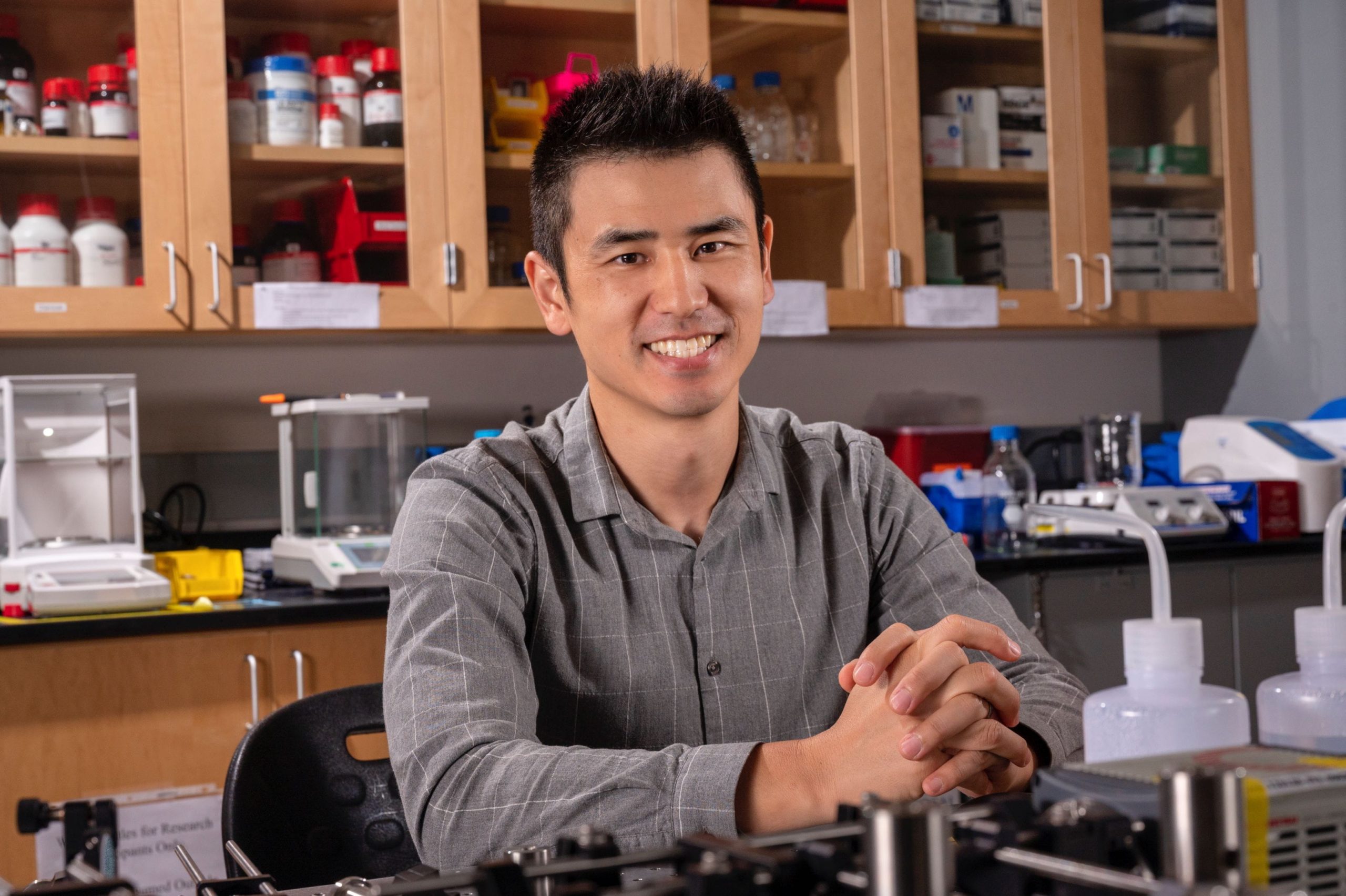Cardiovascular
UTA bioengineer named a fellow of American Heart Association
The American Heart Association’s (AHA) Council on Basic Cardiovascular Sciences has selected Juhyun Lee, assistant professor in the Bioengineering Department at The University of Texas at Arlington, as a fellow.
“It is an honor to be elected a fellow of the American Heart Association and to have my work to improve basic cardiovascular science through high-resolution imaging system development and biomechanical analysis of heart development recognized as a biomedical engineer,” Lee said.
Lee is the fifth AHA fellow in the Bioengineering Department, joining Yi Hong, Jun Liao, Kytai Nguyen and Liping Tang.
He received an AHA Early Career Development Program grant in 2018 to develop a new microscope that can capture 3D motion, then add time to construct a 4D beating heart using optical imaging techniques with fluorescent nanoparticles in a zebrafish.
Since joining UTA in 2017, he has been awarded grants totaling more than $2.5 million from agencies including the AHA, National Institutes of Health and National Science Foundation. His research focuses on how hemodynamics or cardiac contractility regulate the development of the ventricular chamber of the heart, looking at biomechanical effects on developmental biology to understand the mechanisms of development and heart regeneration using zebrafish and various bioengineering technologies.
“For an assistant professor like Dr. Lee to be granted fellow status by the American Heart Association speaks volumes about the nature of his research using 4D imaging techniques to elucidate the role of genes during the heart development,” said Michael Cho, the Alfred R. and Janet H. Potvin Endowed Chair Professor of UTA’s Bioengineering Department. “His research will undoubtedly lead to new discoveries of the intricate interplay between the heart genes and the biomechanics of blood flow.”
Lee earned his doctoral degree in bioengineering at UCLA in 2016 and was a postdoctoral fellow in the UCLA Geffen School of Medicine for one year prior to beginning his career at UTA.
The AHA is the nation’s oldest and largest voluntary organization dedicated to fighting heart disease and stroke. The organization has invested more than $5 billion in research, making it the largest not-for-profit funding source for cardiovascular and cerebrovascular disease research next to the federal government.
– Written by Jeremy Agor, College of Engineering

